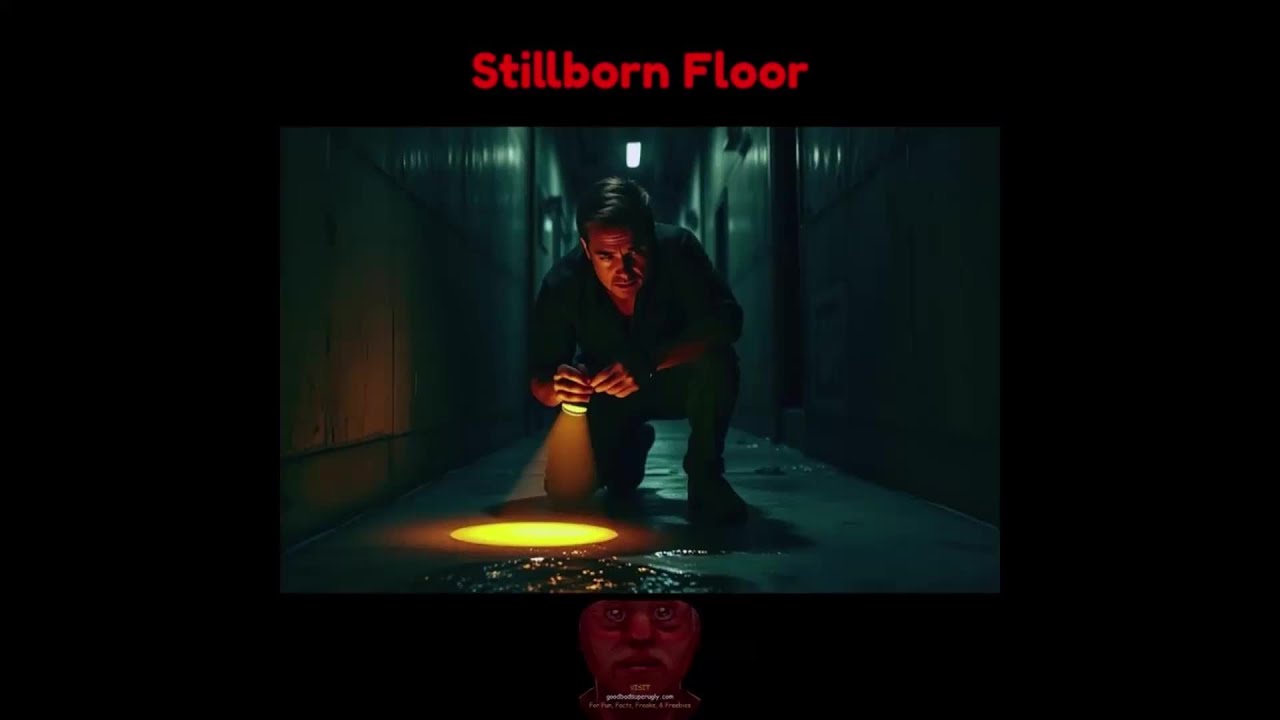Ancient Roman Sailor’s 1,900-Year-Old Gravestone Discovered Beneath a New Orleans Backyard—What Secrets Does It Hold?
But no one who fought in World War II had lived at the address where the stone was found. The mystery continued.
How Did This Roman Relic End Up In New Orleans?
The home on Cambronne Street was purchased by Frank and Selma Simon in 1909 and belonged to their family for most of the 20th century thereafter. According to the 1940 Census, Frank Simon was the manager at a wholesale shoe company and, by then, 59 years old. He and Selma were then living at the house with their five adult daughters — four of whom were employed as salespeople and one as a seamstress — who retained the home until 1991.
The Simons family, it seemed, was not likely to have been to Italy and brought the stone over to the United States.

D. Ryan GrayThe house on Cambronne Street where the discovery was made.
They did, however, have a neighbor who served in the U.S. Navy during World War II. Further investigation would reveal that he had only served in the Pacific Theater, however, ruling him out as well.
Meanwhile, Lusnia visited the museum in Civitavecchia to learn a bit more about the local history. There, she learned that the city, just northwest of Rome, had been a major port for the Roman Empire and continued to be an important port city well into the 20th century.
This also made it a clear target for Allied bombing raids in 1943 and 1944.
Bombs decimated the museum, nearly destroying it entirely. It didn’t reopen until 1970, and during the interim much of its collection was lost. The tombstone was likely one of the artifacts lost during this period, and while it was confirmed that U.S. troops remained in Civitavecchia for a time after Rome fell to Allied forces, it would be a Herculean feat to examine the service records of every soldier who passed through to see if they had any connection to New Orleans.
“The stone could have passed into the hands of an antique dealer who sold it to a tourist in the years after the war when there was no real way to police the sale of antiquities,” said Gray.
“Right now, it is impossible to say, though we’ll continue to look for new possibilities.”
After learning about this shocking discovery in New Orleans, read about the Roman Empire’s short-lived Pax Romana period. Then, read about why the Roman Empire ultimately fell.



















Post Comment